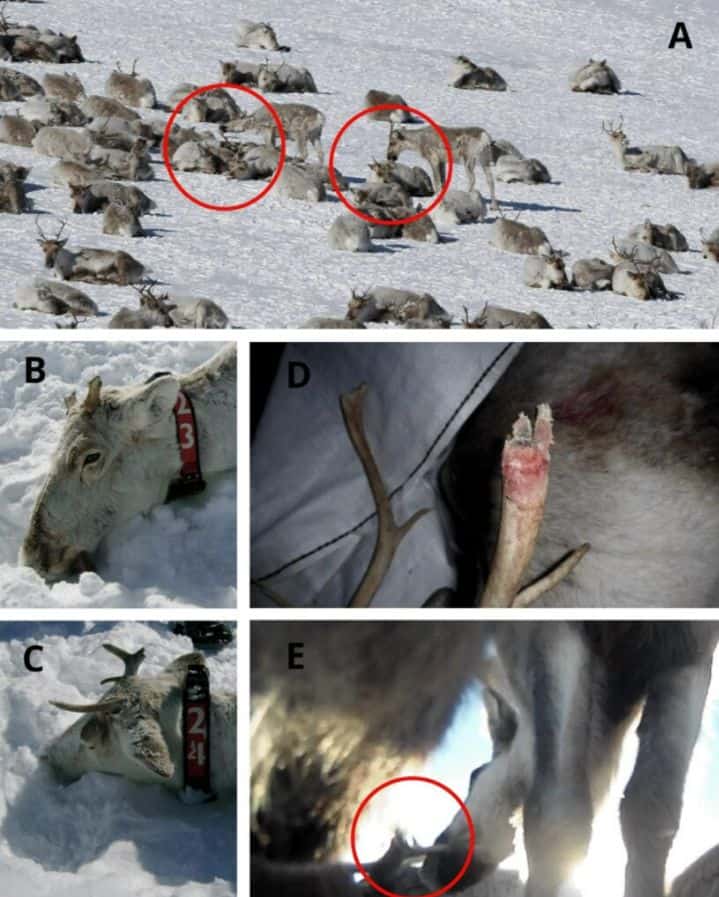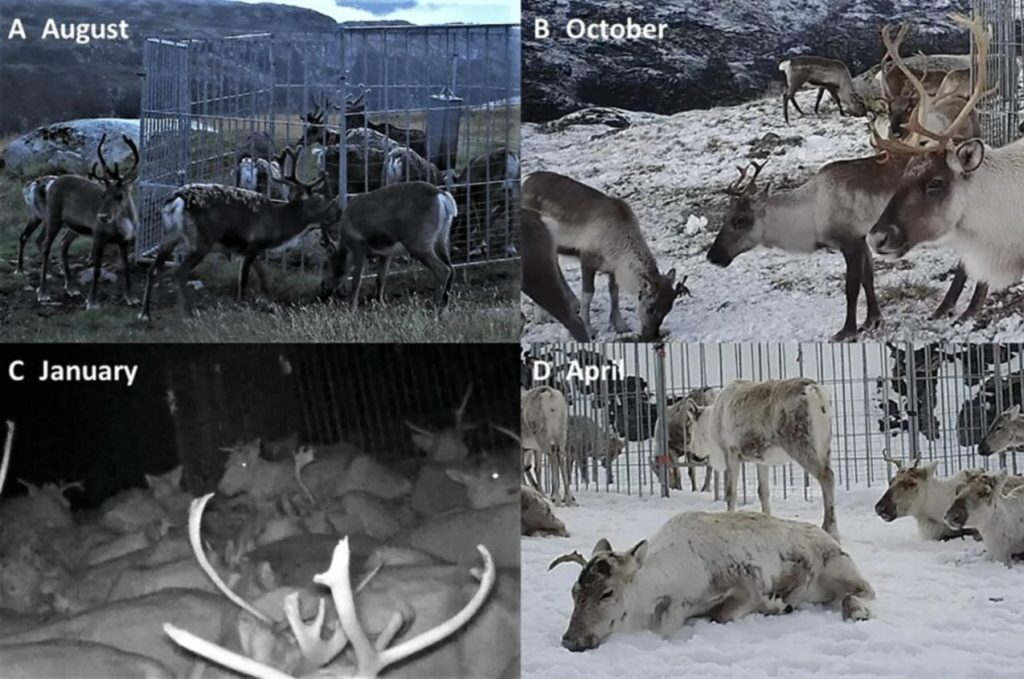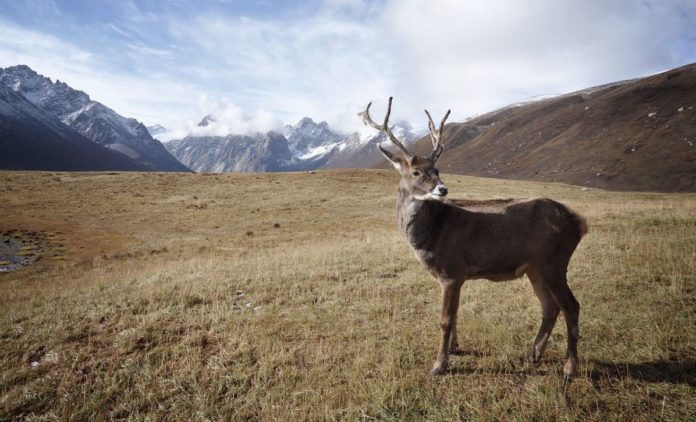Norwegian scientists have discovered that starving reindeer can eat each other’s antlers, chewing them off their heads and infecting them with a deadly prion disease.
A few decades ago, the reindeer living in the Skarvheimen highlands in Norway noticed extremely unusual behavior: they ate each other’s horns. By itself, this is often found among ungulate mammals or Modern hoofed mammals: osteophagy allows it to replenish the supply of minerals necessary for growing horns and hooves. But usually, animals gnaw on already discarded horns, but here they bite them straight from the head of their neighbors.
Then, in the 1980s, traces of foreign teeth were found in only eight per cent of deer. At the end of the 2000s – already in 72 per cent, and now the number of “bitten” has grown to 97 per cent, and regardless of gender: both males and females have antlers in reindeer. This is reported in an article published in Scientific Reports. The authors of the work, Atle Mysterud and colleagues at the University of Oslo, point to a link between such “horny cannibalism” or “antler cannibalism” and the mass death of animals noted in 2017-2018.

Then thousands of local deer were stricken with the deadly Chronic Wasting Disease (CWD). It is a prion disease caused by proteins with abnormal structure. Among the most famous of these infections are mad cow disease and chicken that infects humans. Prions infect nerve tissue and are passed on to other animals when they are eaten. This is why scientists have hypothesized that there may be a link between horn gnawing and mass death from CWD.

“Horns are capable of growing at an impressive speed, up to two to three centimeters a day,” the authors write, “and the growing tissue is densely penetrated by sensory endings associated with the trigeminal nerve.” In theory, prions are indeed capable of spreading through these cells, but no direct evidence of their presence in reindeer antlers has yet been found. The reason for such an unusual behavior of animals is also unknown.
Male reindeer shed their antlers at the beginning of winter and grow them by summer; for them, the horns serve, apparently, as a secondary sexual trait, an instrument of dominance in like other deer. In females everything happens the other way around: they shed their horns at the end of spring and grow new ones by winter. This helps to successfully compete with males for food during the cold snowy months. In addition, hornless females are less aggressive, which makes it easier to raise newborn offspring.
However, growing new horns annually is an extremely expensive task. The deer population in Scarvheimen has not been in the best shape for many years, lacking space for pastures and, consequently, food. Scientists suggest that an unusual form of antler cannibalism could have been used to make up for the missing resources. It can be recalled that deer on Svalbard, which also lacks food, have switched to eating seaweed.
